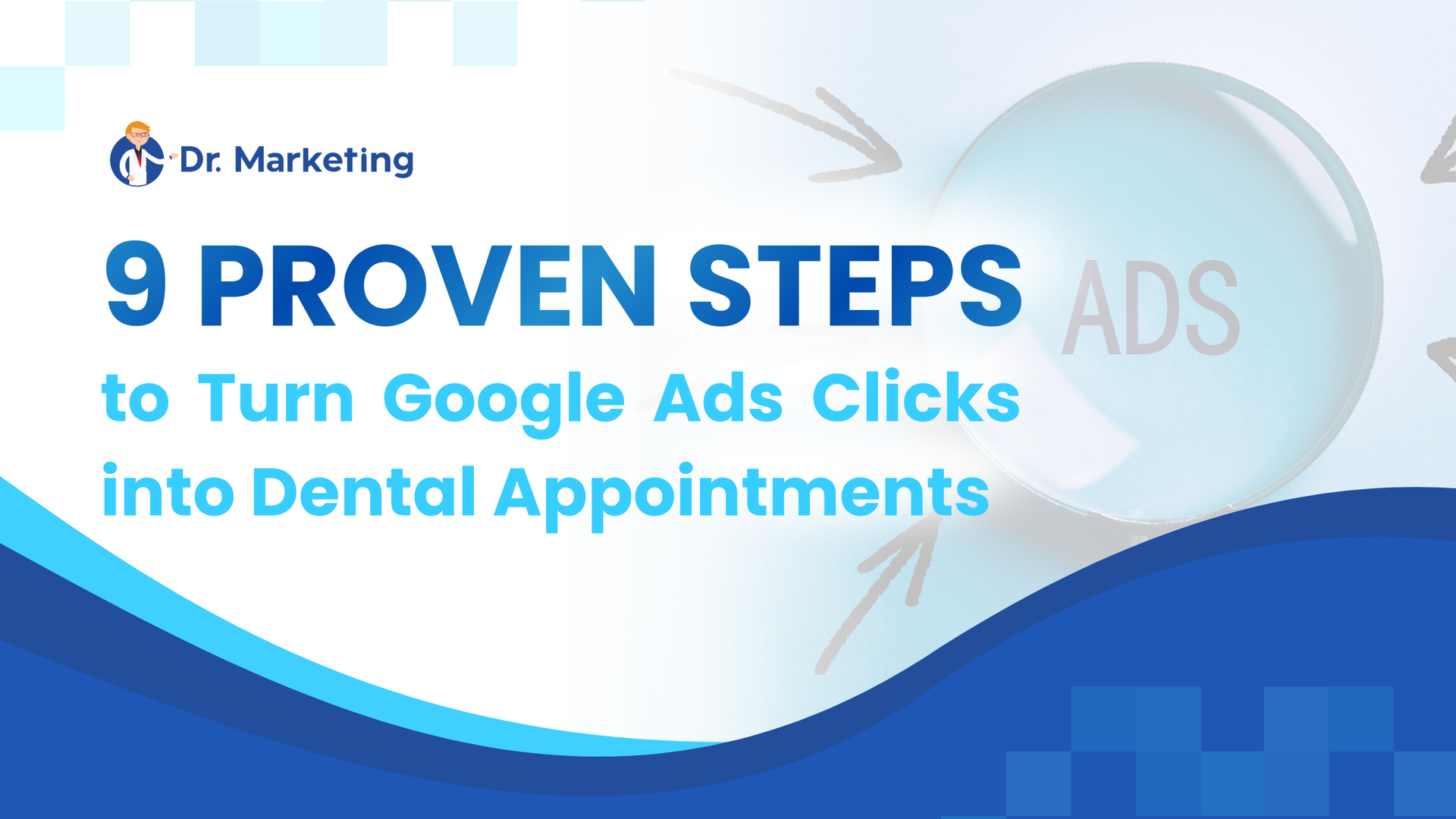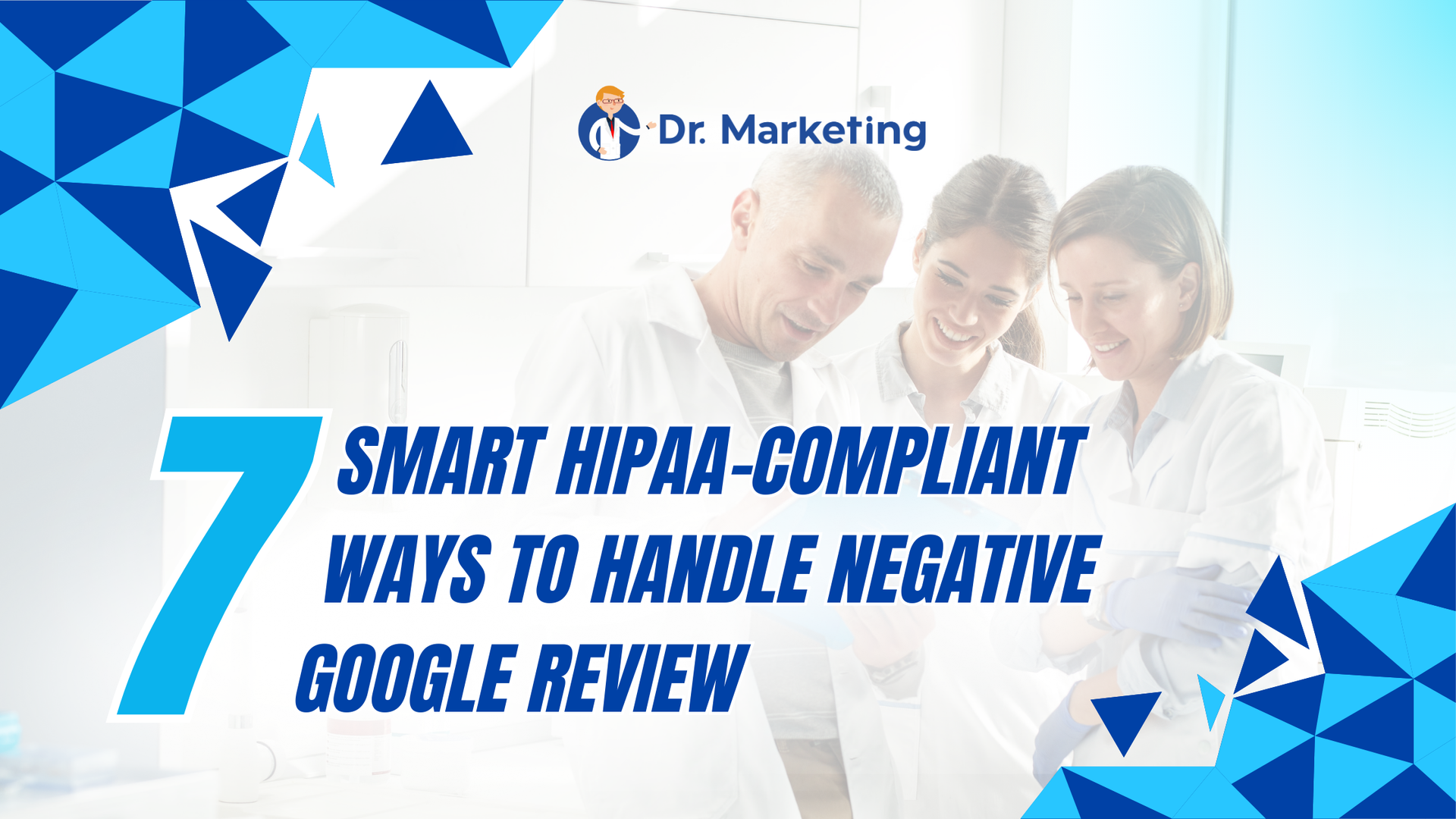Behind the Numbers: Patient Acquisition Cost in Dentistry

Source: Dr. Marketing
Marketing can be one of the most powerful tools for growing a dental practice — or one of the most expensive mistakes. For many dentists, especially those who are busy treating patients day to day, marketing feels like a necessary task to check off. You build a website, maybe run some ads, post a few social updates, and hope patients start calling. Sometimes it works. Sometimes it doesn’t. But more often than not, the real issue isn’t whether your marketing “works” — it’s that you do not know how well it’s working.
One of the most overlooked metrics in dental marketing is patient acquisition cost — the amount of money a practice spends to bring in just one new patient. Whether you are a general dentist, a pediatric provider, an orthodontist, or a denturist, understanding your acquisition cost is critical to running a profitable, sustainable practice. And yet, surprisingly few offices track it at all.
Why Most Dentists Don’t Know Their Numbers

It’s common to hear from dentists who say they’re spending thousands of dollars a month on different forms of marketing. Some sponsor local events. Others invest in Google Ads or social media. Some pay for directory listings, SEO campaigns, or even traditional media like newspaper ads. But when asked how much it costs them to acquire a new patient — not just generate clicks or views — they often have no clear answer.
This is not a failure of intention. It’s a failure of measurement. Too many practices rely on instinct or anecdotal trends: a few patients mentioned seeing a flyer, so the flyer must be working. Others believe SEO is paying off, even though there’s no clear way to connect it to booked appointments. Without structured tracking, even expensive marketing campaigns feel like blind guesses. And in that guesswork, acquisition costs can quietly soar.
What Patient Acquisition Cost Really Tells You

Patient acquisition cost (PAC) is simple in theory. It’s the total you spend on marketing divided by the number of new patients that marketing brings in. If you spend $5,000 on various campaigns in a month and gain 10 new patients, your PAC is $500. But that figure is only helpful if you know where those patients came from, how much they spent, and whether they’re likely to return. A patient who books a one-time appointment for a cleaning and never comes back offers very different value from a patient who begins orthodontic treatment or refers family members.
In many practices, especially those offering specialized services like braces or dentures, the true return on marketing becomes distorted when no one is looking at actual patient value. If a practice brings in two new orthodontic cases at $500 each in acquisition cost, that may be entirely acceptable — those patients could generate thousands over the course of treatment. But if a general dentist spends $1,000 on ads and only sees one new hygiene patient with no follow-up, that’s a problem.
Why Specialties Matter — But Strategy Matters More

Different types of practices will naturally see variation in acquisition costs. Pediatric dentists may face higher initial barriers because parents take time to build trust. Orthodontists deal with longer decision-making cycles. Denturists must reach a more specific demographic and often require tailored education-based marketing.
These differences do matter, but they are not excuses for inefficiency. A high acquisition cost is not inherently bad if the long-term value justifies it. The problem arises when costs are high and the return is unclear — or worse, underwhelming.
Too often, practices throw money at strategies simply because they feel pressure to do “something.” They launch social ads, pay for vague SEO services, or run promotions without ever setting up proper tracking. The result? They can’t identify what’s working, what’s failing, or how to scale intelligently. At Dr. Marketing, we understand that every specialty has its own set of marketing challenges. That is why we tailor strategies specifically for general dentists, pediatric providers, orthodontists, and denturists — helping them reduce acquisition costs while attracting the right patients through data-backed solutions.
The Risk of Unmeasured Efforts

One of the most common mistakes is launching multiple campaigns without isolating variables. For instance, a denture clinic might decide to boost Facebook posts, run Google Ads, and mail postcards all in the same month. Let’s say they gain six new patients. Without lead tracking, there’s no way to know which campaign earned what result. Was it the paid ads? The postcard? A referral unrelated to either?
This lack of clarity means marketing decisions for the next month are based on assumptions — not performance. Over time, those assumptions pile up, and acquisition costs become harder to pin down. Worse, practices often double down on the wrong channels, wasting money on what simply feels effective.
How to Think Like an Investor

The most successful practices treat marketing like a portfolio. Every dollar has a job. Each campaign is measured not just by output, but by return. You do not need a dozen marketing channels to succeed. You need two or three that work extremely well — consistently. The key is finding what delivers your best cost-per-patient and doubling down there.
It starts with tracking:
- Use unique phone numbers or URLs for each campaign
- Ask every new patient how they found the practice — and record it
- Monitor ad platform data weekly — not quarterly
- Measure conversions, not clicks
- Look beyond leads and focus on booked appointments
Once these systems are in place, you begin to see patterns. Maybe Google Ads bring in more leads, but Facebook leads convert more reliably. Maybe parents respond best to blog content, while seniors respond to search-based queries. These insights are what allow you to make informed decisions and lower your acquisition costs over time. Many practices know they need to track results but do not have the time or tools to do it effectively. That is where partnering with a dedicated dental marketing agency makes all the difference. At Dr. Marketing, we help practices build simple, efficient systems to monitor acquisition costs, understand patient value, and scale what works — without wasting time or money.
What Most Practices Actually Spend

Although numbers will vary, many practices spend significantly more than they realize. General dentists often assume their patient acquisition costs are low because they rely heavily on word-of-mouth. But when they launch digital campaigns, they’re surprised to learn that attracting new patients from scratch — especially in a competitive area — may cost $300, $400, or even more.
For pediatric specialists, acquisition costs can rise due to the emotional trust-building required with parents. Orthodontists may face longer lead cycles, meaning cost per booked consultation is higher than cost per initial inquiry. And denturists frequently serve an older demographic that’s harder to reach through traditional online ads alone, requiring more precise targeting and content-rich strategies.
Across the board, it is not unusual to see acquisition costs start in the $400–$600 range when campaigns are new or improperly managed. But with smart tracking and refinement, practices often bring those numbers down by 30–50% over time — especially when they begin cutting out what does not convert.
What to Watch Instead of Just Spending More

The temptation in a slow month is to “spend your way out” — throw more money into ads, more into SEO, more into posting. But without clarity, more money simply means more waste. Instead, shift the focus from volume to efficiency.
A practice that acquires 20 new patients at $200 each is better off than one that acquires 30 new patients at $600 each. The first is profitable. The second is burning through its margin.
This is especially important when preparing to scale. Multi-location offices, in particular, need acquisition costs under control before expansion. If the cost of new patients is unclear or unstable, adding more locations only multiplies the chaos — not the growth.
Smarter Growth Starts with Simpler Math

There is no one-size-fits-all number when it comes to patient acquisition cost. What matters most is knowing where you stand, tracking what works, and optimizing continuously. That is the difference between growth driven by guesswork and growth driven by insight.
At Dr. Marketing, we help dental practices across North America turn their marketing efforts into measurable results. From campaign tracking systems to strategy refinement, our team works with general dentists, pediatric specialists, orthodontists, and denturists to improve ROI and attract the right patients — consistently.
Visibility Without Accountability Is Just Noise
Dental marketing is filled with buzzwords, trends, and quick fixes. But when you step back from the noise, one truth becomes clear: patient acquisition should be measured, tracked, and refined just like any other investment. Whether you are running a family practice, building a pediatric brand, offering orthodontics, or guiding patients through denture options, your growth depends on knowing the numbers — not guessing them.
Marketing works when you treat it as a system, not a series of shots in the dark. The more you understand what it costs to gain a patient — and what each patient is worth — the easier it becomes to build a practice that grows with purpose.
Lets us help you grow your practice!



